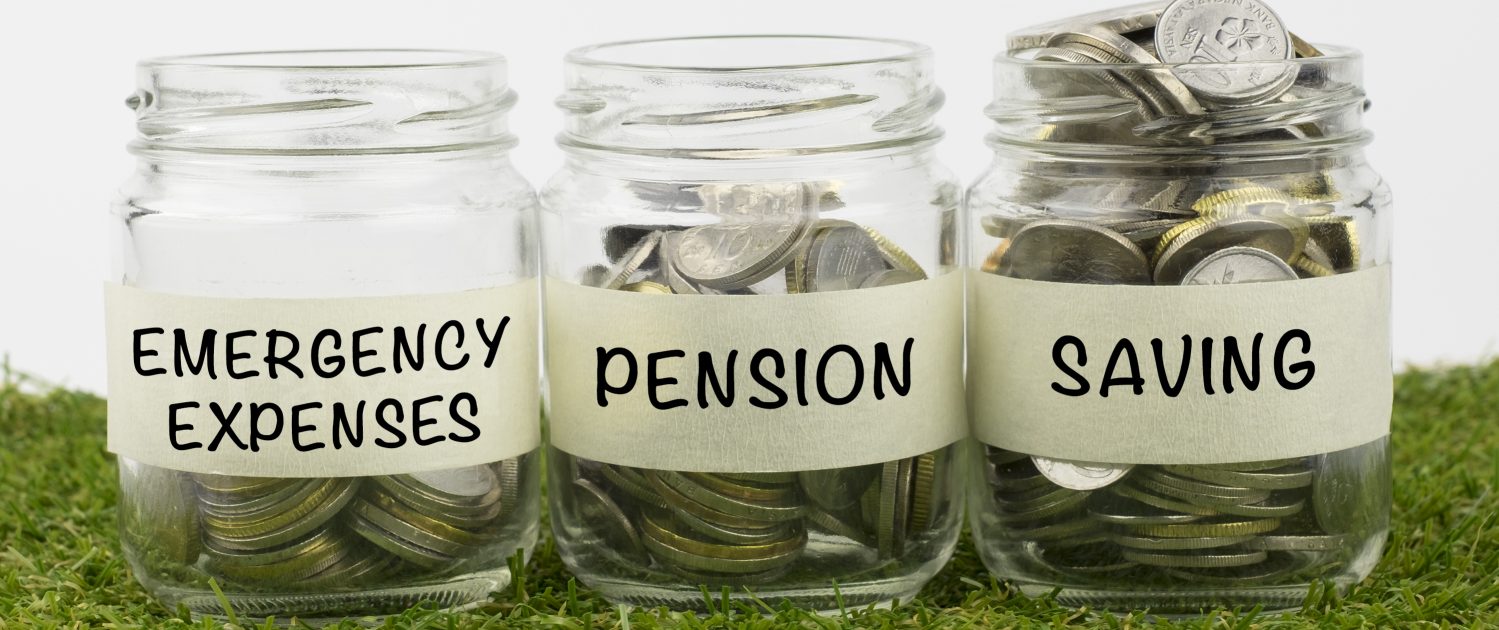Getting the best personal loan rates depends on the amount of money you want to borrow, as well as how much time you have to pay it back. If you have a good credit score, you may be able to obtain a low interest rate, and pay it off over a long period of time. But if you have poor credit, you may have to pay more interest. You can also opt for a variable rate loan.
Variable rate loans
Whether you’re looking for a low interest rate or a good loan deal, there are many options available for you. These options vary based on your personal financial situation. However, there are some things to keep in mind before you choose a loan.
You’ll need to assess your needs, and compare different loan options to see which one best fits your needs. This includes comparing interest rates, lender fees, and other loan terms. You should also consider whether you’re willing to pay a little more for your loan.
If you want a low interest rate and don’t mind paying a few extra dollars each month, you might want to consider a variable rate personal loan. Variable rates can be a good choice for people who are concerned about future interest rates, but they also come with a higher risk.
Fixed rate personal loans are a good choice if you’re looking for a long-term loan with predictable payments. You will usually get a better deal with a fixed rate loan, even if you are in the market for a short-term loan.
Fixed rate personal loans are also better for borrowers with poor credit or who want to pay off their debt quickly. They also make budgeting easier.
Lowest APR
Generally, personal loan rates are determined by several factors. These factors include credit history, income, and collateral. Some lenders will also take into account existing debts and your reason for borrowing.
The best interest rates are available to those with good credit and a stable income. But not all applicants will be approved. A co-applicant with good credit can help you qualify for a lower rate. You can also use collateral such as a vehicle or savings account to secure a lower rate.
Credit union loans often carry lower rates than other lenders. However, members must pay membership fees and meet eligibility requirements.
Online lenders often carry higher rates. But they may put less weight on your credit score. And they’re often more flexible with loan amounts and terms.
Credit unions may offer lower rates than banks and online lenders. However, loan officers at credit unions may be more willing to consider your overall financial picture.
Most lenders will require you to submit your credit information and income information. They will then determine your loan amount and credit score. Some lenders will also ask you to submit additional information such as your employment information.
Some lenders also charge an origination fee. These fees may include the cost of underwriting, funding, and other administrative services. These fees are spread over the life of the loan.
Requirements to get a loan
Several key pieces of information are needed to qualify for a personal loan. This includes your income, debts, and credit history. Knowing the requirements to get a personal loan will help you streamline the application process.
Personal loan requirements vary from lender to lender. Most lenders look at the borrower’s debt-to-income ratio, employment history, and credit history. Some lenders look at alternative data such as college data or credit union membership. These factors can make a big difference in the cost of the loan.
Your debt-to-income ratio helps lenders determine whether or not you’ll be able to repay the loan. A high DTI can lead to denial of a personal loan.
Many lenders require a minimum credit score of 600. This score is based on your length of credit history and the amount of outstanding debt. A higher credit score will increase your chances of getting a loan with a favorable interest rate. A score of 700 or higher is considered good.
Personal loans are generally available for a wide range of purposes. Many people use them to pay off high-interest debt. They are also used to help individuals overcome financial emergencies. Typically, loans range from $1,000 to $50,000.





